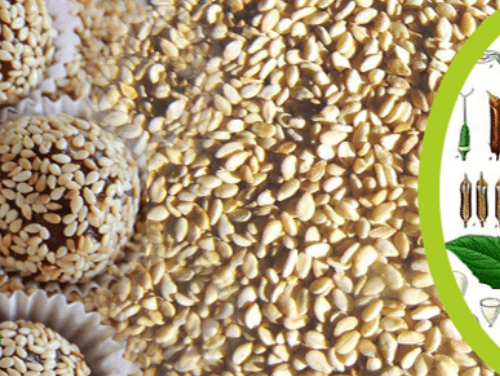Uses of Mustard
Mustard is most often used at the table as a condiment on cold meats. It is also used as an ingredient in mayonnaise, vinaigrette, marinades, and barbecue sauce. Mustard is also a popular accompaniment to hot dogs, pretzels, and bratwurst. In the Netherlands and northern Belgium it is commonly used to make mustard soup; which includes mustard, cream, parsley, garlic and pieces of salted bacon. Mustard as an emulsifier can stabilize a mixture of two or more immiscible liquids, such as oil and water. Added to Hollandaise sauce, mustard can reduce the possibility of curdling.
Dry mustard, typically sold in cans, is used in cooking and can be mixed with water to become prepared mustard.
Preparation
The many varieties of mustard come in a wide range of strengths and flavors depending on the variety of mustard seed and the preparation method. The basic taste and “heat” of the mustard is determined largely by seed type, preparation and ingredients. Preparations from the white mustard plant have a less pungent flavor than preparations of black mustard or brown Indian mustard . The temperature of the water and concentration of acids such as vinegar also determine the strength of a prepared mustard; hotter liquids and stronger acids denature the enzymes that make the strength-producing compounds. Thus, hot mustard is made with cold water, whereas using hot water results in milder mustard (other factors remaining the same). The pungency of mustard is always reduced by heating, but not just at the time of preparation; if added to a dish during cooking, much of the effect of the mustard is lost.
Mustard oil can be extracted from the chaff and meal of the seed. In its powdered form, mustard lacks potency; it is the soaking that causes gustatory heat to emerge.
Flavors
The mustard plant ingredient itself has a sharp, hot, pungent flavor.
Grinding and mixing mustard seeds with water causes a chemical reaction between two compounds in the seed: the enzyme myrosinase and various glucosinolates such as sinigrin, myrosin, and sinalbin. The myrosinase enzyme turns the glucosinolates into various isothiocyanate compounds known generally as mustard oil. The concentrations of different glucosinolates in mustard plant varieties, and the different isothiocyanates that are produced, make different flavors and intensities.
allyl isothiocyanate and 4-hydroxybenzyl isothiocyanate are responsible for the sharp hot pungent sensation in mustards and in horseradish, wasabi, and garlic. This is because it stimulates the heat and acidity sensing TRPV ion channel TRPV1 on nociceptors (pain sensing nerve cells) in the mouth and nasal passages. The heat of prepared mustard can dissipate with time. This is due to gradual chemical break-up of 4-hydroxybenzyl isothiocyanate.
Sulforaphane, Phenethyl isothiocyanate, Benzyl isothiocyanate create milder and less pungent intensities and flavors as when found in broccoli, brussels sprouts, water cress, and cabbages.
The sulfoxide unit in sulforaphane is structurally similar to a thiol which yields onion or garlic-like odors.
Other ingredients in the prepared mustard condiment mixture account for the flavors of salt, vinegar (sour), and sugar (sweet).
Agriculture
Vegetables


Special Care For Our Grain
Discount Options

Best Return Policy

Online Support




